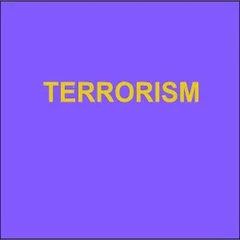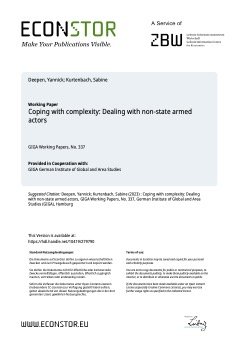By Silvia Villarreal, Amy Barnhorst, Richard Bonnie, Kami Chavis, Cassandra Crifasi, Shannon Frattaroli, Kelly Roskam, Jeffrey Swanson, Sylvia Washington, and Joshua Horwitz.
Firearm purchaser licensing (FPL) laws (sometimes referred to as permit-to-purchase) require an individual to obtain a license through an application process before purchasing a firearm. They are among the most effective policies at reducing gun violence. FPL laws create robust mechanisms of accountability among both prospective gun owners and sellers to ensure that those disqualified from firearm ownership can’t legally obtain a gun. This report compiles existing research to inform state policy. It includes an overview of state FPL laws and recommends core components of FPL laws to maximize public health benefits.
The authors recommend that state gun licensing laws include five core components to maximize public health benefits:
Currently 11 states—Connecticut, Delaware, Hawaii, Illinois, Maryland, Massachusetts, Michigan, Nebraska, New Jersey, New York, and Oregon—and Washington, D.C., have active firearm purchasing licensing laws. Of these, five states—Delaware, Hawaii, Massachusetts, New Jersey, Oregon—and Washington, D.C., have the five components recommended in the report.
“There is solid evidence from public health research suggesting that when states adopt firearm purchaser licensing laws with measures such as mandatory safety training, comprehensive background checks, and waiting periods, reductions in gun-related homicides and suicides follow,” says study lead author Silvia Villarreal, MPP, director of research translation at the Johns Hopkins Center for Gun Violence Solutions.
Gun violence is a significant cause of mortality for Americans, and the leading cause of death for children and young people ages 1 to 17. According to the Centers for Disease Control and Prevention, 46,728 people died from gunshots in the U.S. in 2023, the most recent year for which final statistics are available. The 2023 CDC data shows firearms were used in seven out of 10 homicides and 55% of suicides.
U.S. federal law requires background checks for would-be gun buyers at federally licensed gun stores but does not cover private sales or gun shows. Moreover, federal law generally allows a gun sale to proceed if the background check is still pending after three business days.
The report cites evidence—in many cases generated by the report’s co-authors—that firearm purchaser licensing reduces gun violence. A 2018 study linked gun purchaser licensing laws to an 11% reduction in gun homicides in urban counties across the U.S. from 1984 to 2015. A 2020 study found that gun purchaser licensing laws were associated with 56% fewer mass shooting incidents and 67% fewer mass shooting victims on average. Another 2020 study linked Connecticut’s 1995 handgun purchaser licensing law to a 28% drop in the state’s gun homicide rate and a 33% drop in its gun suicide rate from 1996 to 2017.
Similarly, a 2014 study found that Missouri’s 2007 repeal of its handgun-buyer licensing law was followed by 25% increase in its gun homicide rate in the five years following enactment. A 2015 study found a 16% increase in Missouri’s gun suicide rate in the five years following the repeal.
“This report is an important resource that brings together the research, policy, and legal considerations about firearm purchasing laws,” says Josh Horwitz, JD, co-director of the Center for Gun Violence Solutions. “Our intent is to give policymakers and advocates all the guidance and evidence they need to bring these policies to fruition.”
The researchers hope that the report will encourage state policymakers to maintain or strengthen existing firearm-purchaser licensing laws and enact firearm purchasing laws in states that don’t yet have them.
Baltimore, MD: The Johns Hopkins Center for Gun Violence Solutions 2025. 30p.





















